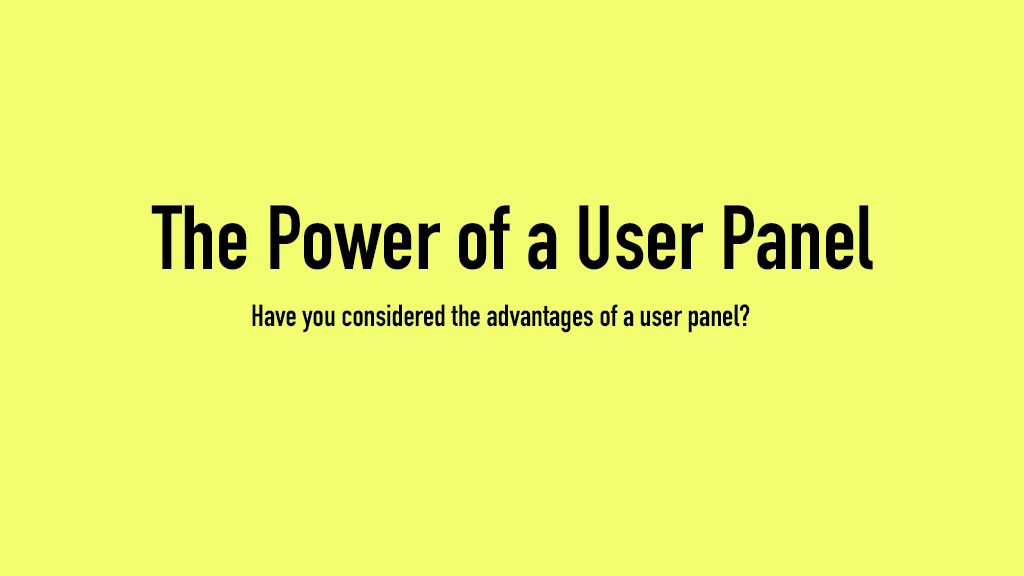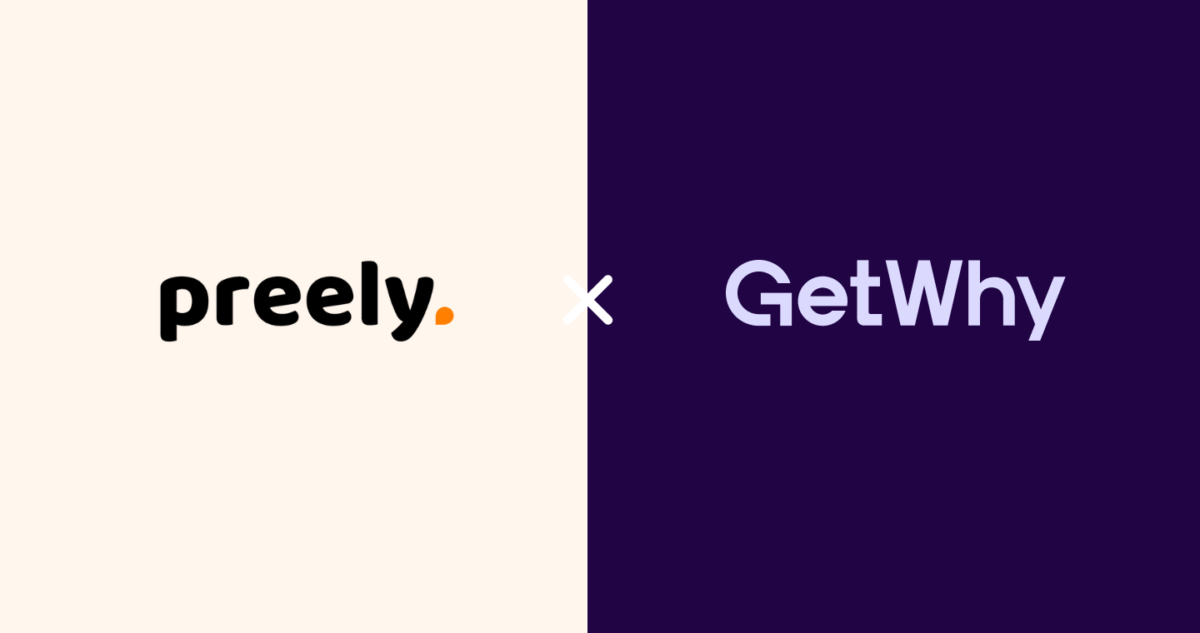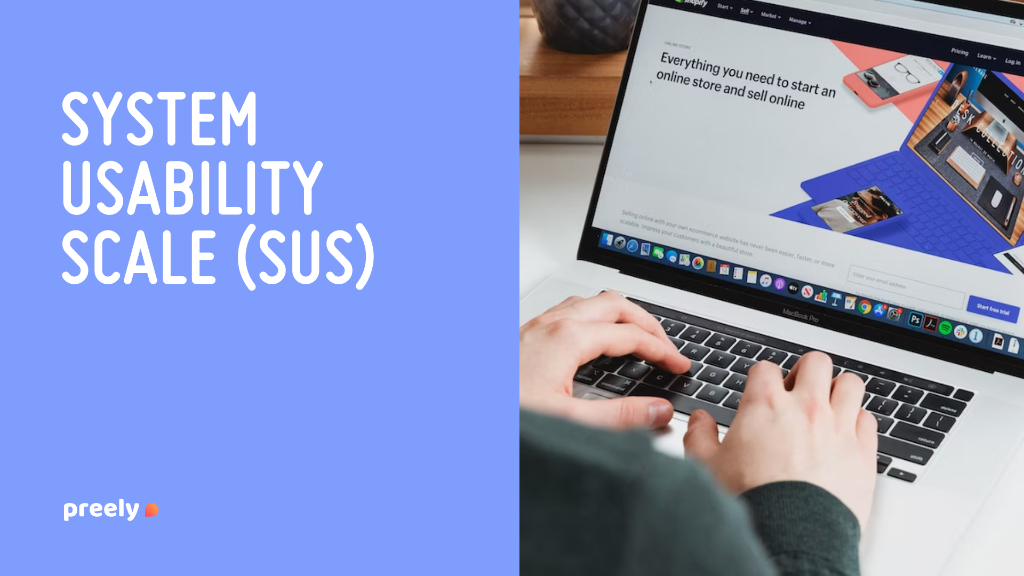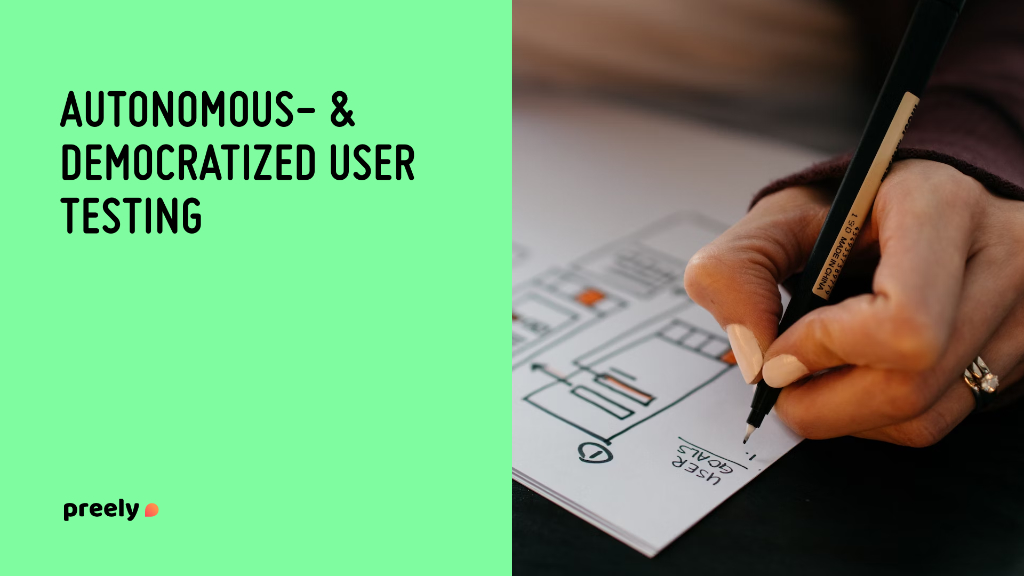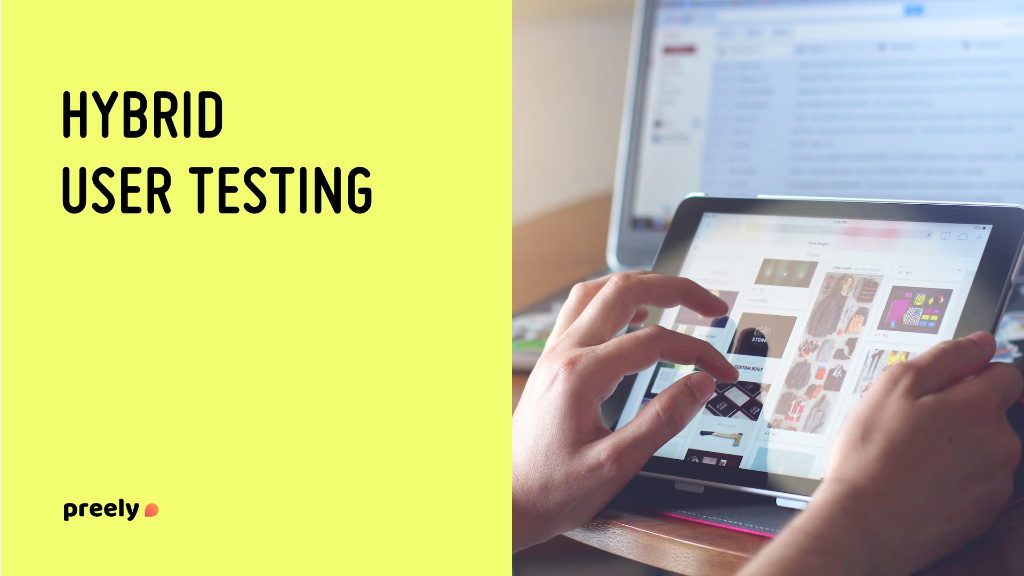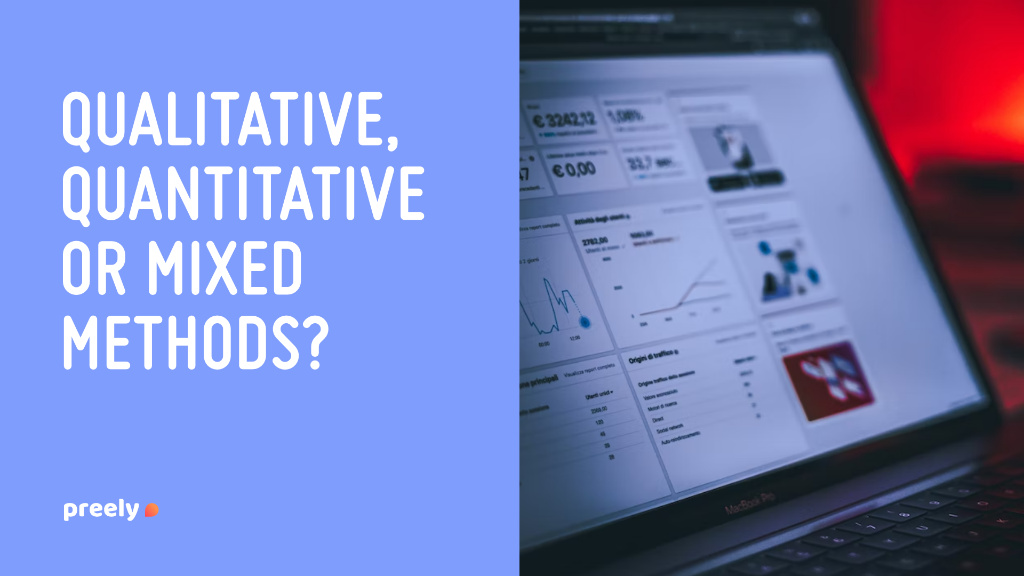
– Jonas Eilsø, UX Design & Digital Consultant, AllerCP
Do you know that you can track the most common usability and UX metrics in Preely?
For him, creating value for a business, always starts with creating value for the end-user. Two things, he believes is intrinsically connected. Jonas is of those individuals, who constantly pushes the UX agenda, and who believes that UX should be a part of every development process – from strategic decisions to font size on the finished product.
We sat down with Jonas to get his take on UX, learn more about how he works with it, and how user testing helps him create awesome user experiences.
What’s the coolest thing about doing UX?
The most amazing thing about UX is that there always is something you can test and optimize. It is always possible for us to raise our conversion rate by 0,5%, lower the bounce rate, or to identify touchpoint where we can optimize the customer journey.
As there always are boundaries to be pushed and designs to be optimized, working with UX can be really complex at times. However, it is awesome when we succeed in giving the end user a better and more intuitive experience while adding value to a business.
The latter is something really important for us as a digital agency, and for me personally. We always focus on the user first but is it is our promise towards our clients, that we figure out how good usability translates into a number on the bottom-line. For me, that perfect combination of usability and business value is where the magic happens.
Tell us a bit about your background. How did you get into UX?
I have always been very interested in the digital world and how people interact with it. When I was 14, I build my first website. Since then I have taken part in founding several digital startups.
After getting into the startup-scene and building products from scratch, I quickly realized that usability is a very important parameter for success when it comes to new product development.
After high-school, I studied marketing and graphic design believing I was going to be a UI designer – which I became and worked as for three years until I realized my passion was elsewhere.
I do enjoy creating beautiful designs, but pushing user behavior and creating as much value as possible for the user through usability is something I enjoy even more!
So I decided to change colors, fonts, and figures, into building perfect user flows, analyzing user behavior, and testing UX designs and websites.
A point-of-no-return during my transformation was when I realized that UX design is not enough in itself. Well designed user flows can be ruined by bad code, poor customer service or bad content on the website. That’s why I now strive to be part of the whole journey.
I am an ecstatic version of myself when we launch a product, and I have managed to contribute with UX inputs all the way from strategic consideration to the size and color of fonts. At AllerCP I am both an advisor, project manager, and UX designer.
Over the past 8 years, this approach has resulted in more than 35 digital products, all of which has been created after my personal philosophy:
How important is user testing in your job?
User testing is probably one of the most important tools in my daily work. I don’t think it is possible to create good user journeys without the data that I obtain from user tests.
I have designed and optimized a lot of websites, which means I have a bunch of knowledge, and a good feeling of what works and what doesn’t in terms of usability. When designing websites or apps, this knowledge is a great starting point, but I always back my assumptions up with real data.
No matter how much I think i know about user behavior, I am not the user. Therefore, at the very end, it is always up to them to decide whether or not they can figure out how to use the product. After conducting countless of tests I can say one thing for sure – I am not always right.
That is why it is essential to test your products on real users, both when building the product and when it is live. Almost with every test I conduct, I find new stuff that can be made better and potentially result in a 1-3 percent better conversion. If you have a webshop or another service where the website is business critical, a simple user test and subsequent optimization can mean a lot of money saved on the bottom line.
What are the biggest challenges you face as a UX professional?
Many stakeholders have a hard time understanding exactly what lies in the term of UX. In recent years, UX has become somewhat of a buzzword, and if you google it, you’ll get millions of explanations and applications of the term.
I meet so many different understandings of UX. It makes it a real challenge to explain, that UX is an ongoing process, and not something which is done just once and then works.
UX is not just wireframe designs, sitemaps, and user tests. It is not something that involves a single person or a single department who works in a vacuum. UX is the usability of the whole product and during the whole customer journey at every point in time.
That’s also why you’re never finished with UX. As long as your product is live, you need to test it, analyze it, and optimize it. User behavior constantly changes and therefore your usability should too.
How does the perfect UX world look like?
UX needs to move upwards from being a department of the design department. UX is dependent on many disciplines such as; design, content, customer service, development etc. It is therefore often critical for a business if the products aren’t user-friendly as in the very end it is the user who decides.
As competition in many industries is increasing, the competition about the customer’s time is becoming more important. Additionally, they are becoming more critical and expects more from companies.
I, therefore, believe that for a company to have success, UX needs to be on decision-making level in the organization.
That’s a story I find important to share.
Check out more work from Jonas on his personal portfolio



